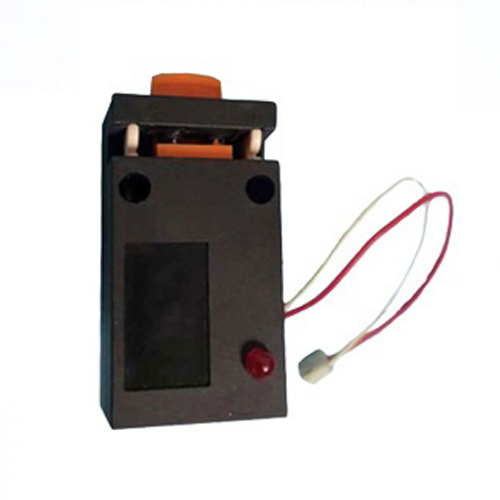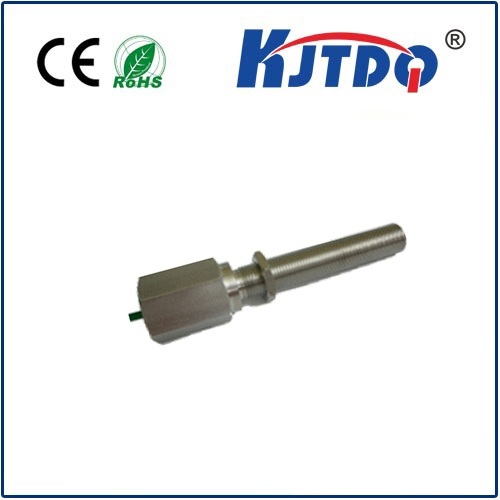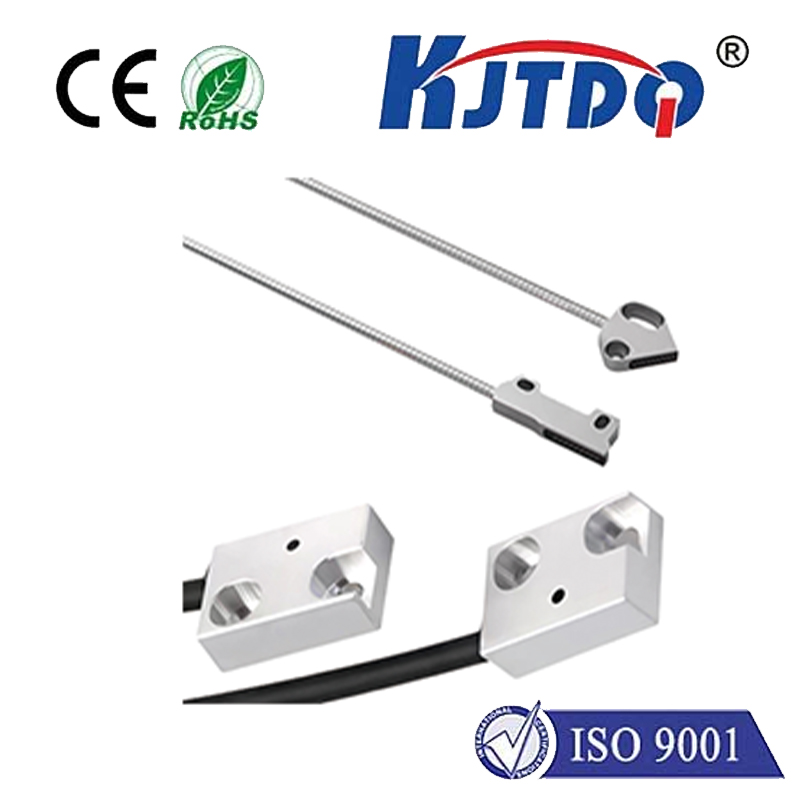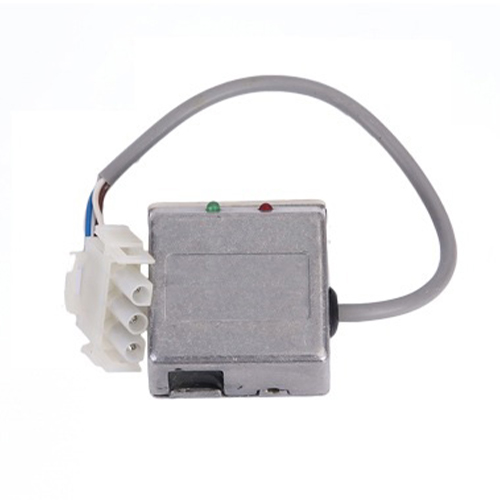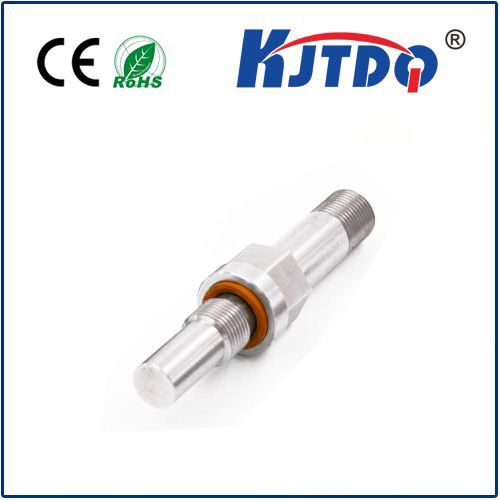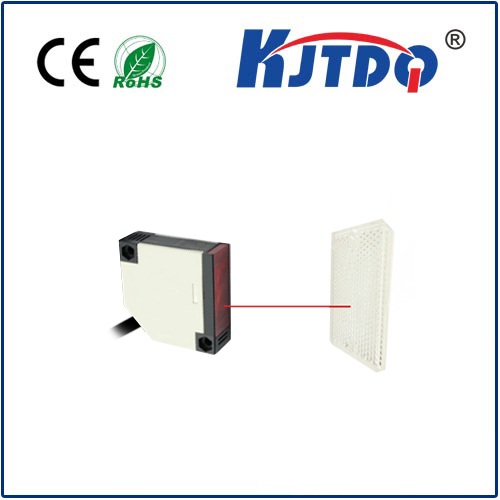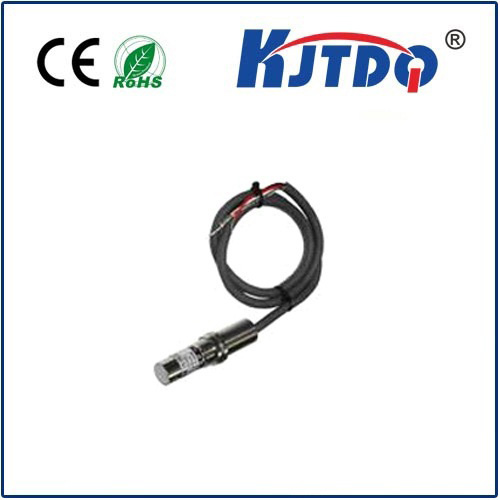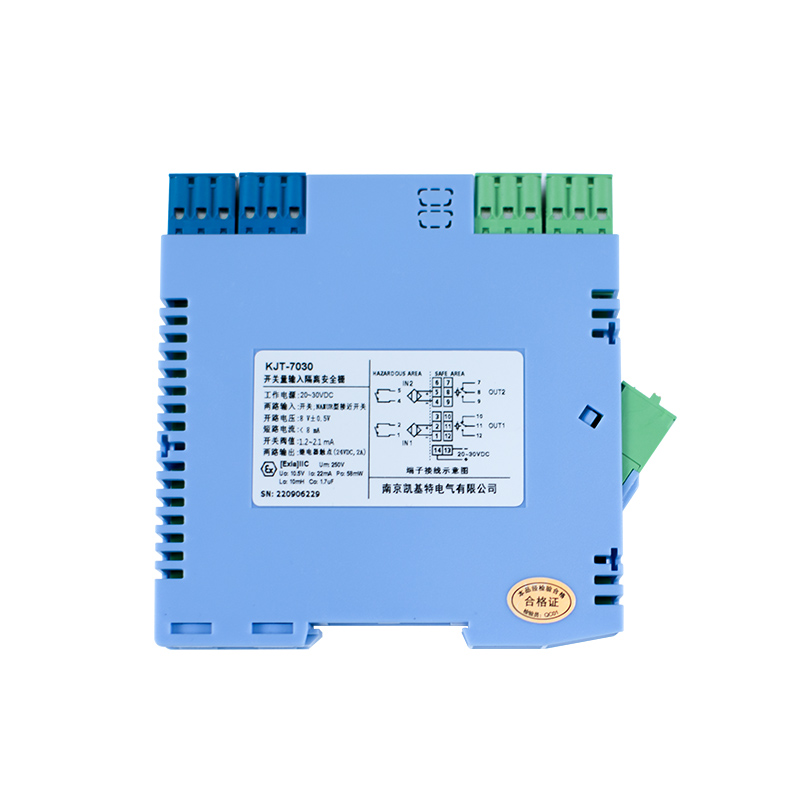spm sensor
- time:2025-08-24 02:54:02
- Нажмите:0
Unlocking the Nano-World: The Essential Guide to SPM Sensors
Imagine being able to not just see, but touch and map individual atoms on a surface, feeling their tiny hills and valleys with exquisite precision. This isn’t science fiction; it’s the everyday reality enabled by Scanning Probe Microscopy (SPM) sensors. These remarkable instruments are the eyes and fingers of the nanoworld, transforming our understanding and manipulation of matter at scales previously invisible. Their impact resonates across physics, chemistry, biology, materials science, and burgeoning fields like nanotechnology, making them indispensable tools in modern research and development.
Demystifying SPM Sensors: Beyond Traditional Microscopy
Unlike optical or electron microscopes, which rely on lenses and beams of light or electrons, SPM technology operates on a fundamentally different principle. It involves bringing an extremely sharp probe tip (often just a few atoms wide) incredibly close to the surface of a sample. Rather than “seeing” through radiation, SPM sensors “feel” the surface through various physical interactions occurring between the probe tip and the sample. The key components are the sharp probe, a highly sensitive positioning system (often piezoelectric scanners moving with sub-nanometer precision), and a sophisticated feedback loop that constantly monitors the interaction and adjusts the probe’s position. It’s this interaction force or current that the SPM sensor meticulously measures and maps.

The Powerhouse Duo: AFM and STM
The SPM family boasts several members, but two giants dominate the landscape:
- Atomic Force Microscopy (AFM): This is arguably the most versatile SPM technique. The AFM sensor measures the minute forces (attractive or repulsive) acting between the probe tip and the sample surface. As the probe is scanned across the surface, these forces cause the cantilever (a tiny beam holding the tip) to deflect. This deflection is detected with incredible sensitivity, often using a laser beam bouncing off the cantilever onto a photodetector. The feedback loop adjusts the probe’s height to maintain a constant force, creating a detailed 3D topographic map of the surface. AFM excels because it works on virtually any material – conductors, insulators, polymers, biological samples – even in liquids or controlled environments. Key operational modes include:
- Contact Mode: The tip scans while lightly touching the sample surface.
- Non-Contact Mode: The tip oscillates just above the surface, sensing attractive van der Waals forces.
- Tapping Mode / Intermittent Contact Mode: The tip oscillates and lightly “taps” the surface, minimizing lateral forces and reducing sample damage – especially critical for soft materials.
- Scanning Tunneling Microscopy (STM): The original breakthrough that earned its inventors the Nobel Prize. An STM sensor requires an electrically conductive sample. It operates by bringing the probe tip very close to the surface without physically touching it. A small bias voltage is applied between the tip and the sample. When the gap is narrow enough (typically less than a nanometer), electrons can “tunnel” across the vacuum gap. This tunneling current is exponentially sensitive to the distance between the tip and the atom directly beneath it. The sensor detects this tiny current, and the feedback loop adjusts the tip height to maintain a constant current, enabling atomic-resolution imaging of the sample’s electron density. STM provided the first ever images of individual atoms and remains unparalleled for studying conductive and semi-conductive surfaces at the atomic level.
Why SPM Sensors are Revolutionizing Science and Industry
The capabilities of SPM sensor technology extend far beyond merely generating beautiful atomic pictures. They open doors to unprecedented manipulation and characterization:
- Atomic and Molecular Manipulation: Using the probe tip, scientists can literally push individual atoms or molecules into desired positions on a surface, paving the way for molecular-scale engineering and device fabrication.
- Beyond Topography: Advanced SPM modes allow mapping of a dizzying array of surface properties. This includes:
- Electrical Properties: Surface potential, capacitance, conductivity, current flow (e.g., Conductive AFM - CAFM, Kelvin Probe Force Microscopy - KPFM).
- Magnetic Properties: Magnetic force microscopy (MFM) maps magnetic domains.
- Mechanical Properties: Elasticity, adhesion, stiffness mapping (e.g., Force Spectroscopy, PeakForce Tapping).
- Chemical Composition: Techniques like Chemical Force Microscopy (CFM) leverage chemically functionalized tips.
- Life Science Insights: SPM sensors enable imaging of biological structures (proteins, DNA, cells) in near-native environments, even in liquid, and measuring intermolecular forces crucial to biological function.
- Materials Development: Essential for characterizing thin films, polymers, composites, nanostructures (nanotubes, nanoparticles), semiconductor defects, and surface coatings. SPM analysis guides the development of stronger, lighter, smarter materials.
- Quality Control & Failure Analysis: Used in industries like semiconductor manufacturing to inspect chips at the nanoscale, identify defects, and ensure device reliability.
The Indispensable Tool for a Nano-Focused Future
SPM sensors are not just microscopes; they are versatile nanoscale laboratories. Their unparalleled ability to image, measure, and manipulate matter atom-by-atom has cemented their status as foundational tools in nanotechnology and advanced research. From unveiling the fundamental secrets of quantum materials to driving innovations in next-generation electronics, creating novel biomaterials, and ensuring the quality of cutting-edge devices, SPM sensor technology continues to push the boundaries of what we can explore and create. As challenges in miniaturization and material design intensify, the demand for the unique insights provided by scanning probe microscopy will only grow. Its role in deciphering and engineering our material world at the most fundamental level remains utterly irreplaceable.

